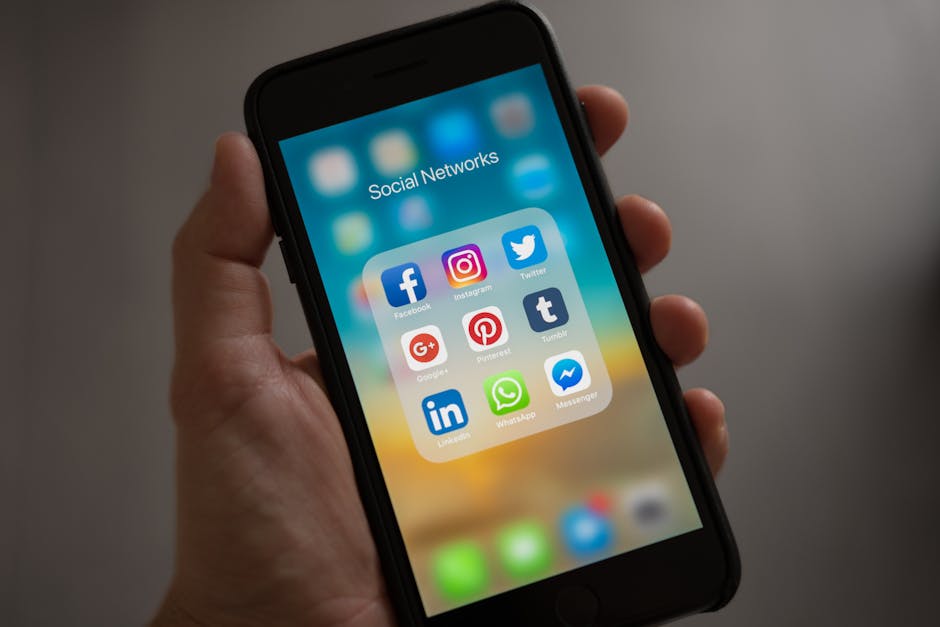Let’s talk about omnichannel. Everyone says it. Few actually do it right.
Post-COVID, every second marketing meeting starts with “Let’s go digital.” Which is great. Digital is important. But what happens next is usually chaos. A random LinkedIn ad, a rushed email blast, a landing page that loads like it’s on 3G, and a vague idea that “we’re engaging the customer.”
This is exactly what happened to Client X
A growing B2B manufacturer who had been stuck in low gear for a few quarters. They came to us and said, “We want to expand our market share. We’ve been relying on digital direct selling, but it feels like we’re shouting into the void.”
They weren’t wrong.
The Problem
They were doing “omnichannel” in the same way people do meal prep once a month and then eat instant noodles anyway.
Their LinkedIn was active but misaligned with their email tone. Their sales team had no idea what marketing was sending out. Their website had great content but no CTA. Customers would get one message in an ad, a completely different one in the brochure, and another when someone finally called them.
It was a mess.
Here’s a stat that perfectly summed up what they were facing:
Companies with strong omnichannel customer engagement retain 89 percent of their customers, compared to 33 percent for companies with weak omnichannel strategies
(Source: Aberdeen Group, Customer Experience Report)
So yes, the opportunity was real. But so was the disconnect.
Our Solution
First, we paused the madness. No new campaigns, no “quick fixes.” Just a clear audit of every customer touchpoint.
Then, we built a digital-driven but human-first omnichannel strategy, starting with what we called “responsible touch.” Not every customer wants to be retargeted 8 times a day. Not every inquiry needs a whitepaper and a chatbot.
We mapped the buyer journey properly.
What do they need at awareness stage?
What are their trust signals during consideration?
Where are they most active?
When do they want personal contact?
We unified their messaging across web, email, paid, and sales. We aligned the timing and tone. And we brought the sales and marketing teams into one rhythm instead of two separate playlists.
We added printed collateral where it made sense. We re-introduced trade show activity but backed it with digital nurture flows. We connected LinkedIn campaigns with landing pages that actually matched the ad. And we made sure every campaign handed over to sales with context.
No gimmicks. No spray and pray. Just the right message in the right place at the right time.
The Result
It didn’t go viral, there were no record-breaking KPIs, and no one cried tears of joy in the boardroom. But it worked.
We started small. We mapped their existing touchpoints, identified the awkward gaps where customers fell through, and realigned digital and sales so they were actually talking to the same customer, not imaginary versions of them.
We didn’t launch on every channel at once. We picked the ones that mattered. Email got cleaned up, LinkedIn started pulling some weight, and we brought consistency across offline events and online follow-up.
After the first quarter:
Website traffic from qualified sources went up 23 percent
Trade show leads stopped ghosting, because they finally got timely, relevant follow-ups
Sales and marketing stopped arguing about “who owns the lead” and actually built a shared pipeline
And most importantly, customers started noticing the consistency
It wasn’t magic, it was just responsible omnichannel, finally done with intention. Also worth noting that they stopped spending money on three tools they weren’t even using. So the ROI didn’t just come from growth, it came from cutting the fluff too.
Omnichannel is not about being everywhere. It’s about showing up in the right place with a message that doesn’t feel like it was copy-pasted from five departments.
At Rihla Creative, we help B2B companies create touchpoint strategies that feel smart, not scattered. Not every tool is the right one. Not every channel is worth your time. But the right mix, which is done responsibly, will drive results
And no, your customers don’t want a retargeting ad for the thing they just bought. Promise.



